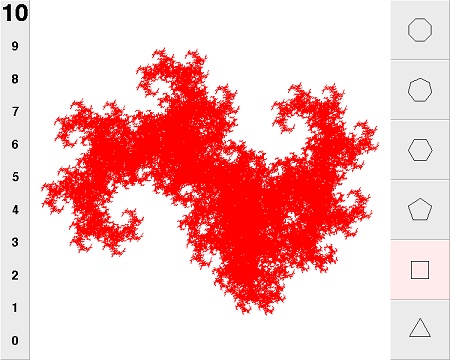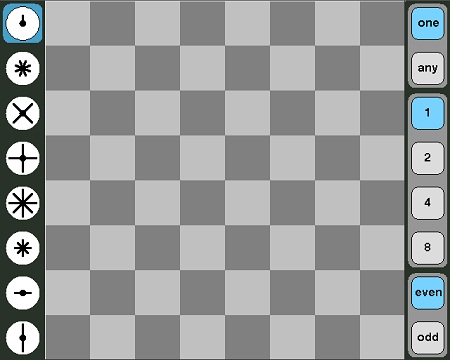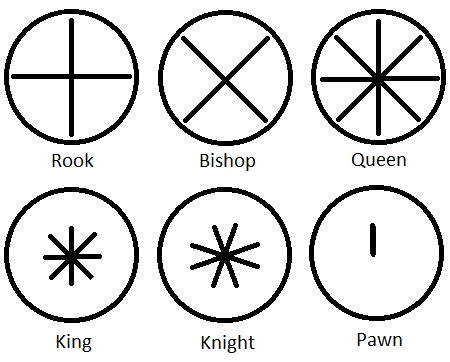I had a fascinating discussion with a friend the other day about mood regulation. If we actually develop a reliable capacity to regulate our moods at all times, would life be better or worse? Ted Selker presented a wonderful speculative paper a few months back on the idea that perhaps 20 years in the future we might each have a constant feed drip that would automatically pump the optimal hormones and other chemicals into our blood stream as we go through our day, all under computer control. He didn’t weigh in on whether this was a good thing or a bad thing — he merely pointed out that it is going to be a possible thing.
Frankly, I think we’re going to have the technical capability to do this, on a widespread consumer level, in far less time than twenty years. And when we do, what kind of a world will it be? Will there be less violence, because peoples’ regulators will automatically calm them down before they get too worked up, sort of like a personal cruise-control?
Or might it go the other way? My friend was concerned that individuals fall get into dangerous positive feedback loops, in which an off-kilter mood adjustment might lead to bad judgement, which could cause a spiraling out of control. And so, will self-mood-regulation be seen as a privilege rather than a right (much like a driver’s license), and will your license to regulate your own mood be revoked if you abuse it?
Will the artistic impulse begin to wither away and die, as would-be artists find themselves perfectly content, with no angst to work out or express through their work? And if this happens, will anybody care? Will we gradually degenerate into a society of placid lotus eaters?
Or will we, after an initial period of adjustment, learn how to use these new capabilities constructively — to exercise more, eat better, do our work with greater enthusiasm and vigor, be kinder to our friends and family, get in touch with our sexuality, find more joy in life and in each other?
Of course in the worst case things could all go horribly wrong. And if they do, will we still have the capacity to care?







